Introduction
What comes to mind when you hear the name Rockstar Games? For many, it’s the unforgettable chaos of car chases, explosive storylines, and sprawling open worlds that define the Grand Theft Auto franchise. But behind the headlines, controversies, and billions in sales lies a deeper story—one of artistic rebellion, technological innovation, and a relentless pursuit to redefine what video games can be.
Whether you’re a longtime gamer or simply curious about how Grand Theft Auto became a cultural touchstone, this journey into the evolution of Rockstar Games will give you a front-row seat to the making of one of the most iconic names in interactive entertainment. From the gritty streets of Liberty City to the sun-soaked chaos of Vice City and beyond, each installment didn’t just push boundaries—it demolished them.
So, how did Grand Theft Auto evolve from a pixelated top-down crime simulator to one of the highest-grossing media properties in history? And what does Rockstar’s legacy mean for the future of gaming?
Let’s dive in.
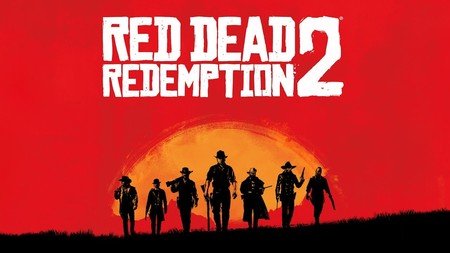
I. The Origins of Rockstar Games
Ever wondered how one of the most influential gaming empires was born? Before Grand Theft Auto dominated headlines and rewrote sales records, it all began with two creative minds, a passion for storytelling, and a fascination with the world of crime.
Meet the Houser Brothers
Sam and Dan Houser weren’t your typical game developers. Raised in a household brimming with music, film, and art, they were deeply influenced by crime cinema and early computer games. This environment didn’t just spark creativity—it shaped their vision of what games could be: immersive, cinematic, and unafraid to challenge the status quo.
Sam Houser was particularly drawn to the space exploration game Elite, where players had the freedom to roam galaxies and build their own story. That sense of unbounded choice? It would later become the foundation of Grand Theft Auto.
Dan Houser, with a love for screenwriting and narrative structure, brought depth to the characters and plots that would define Rockstar’s most iconic titles.
The First Steps into Gaming
Their break came when Sam landed a job at BMG Interactive, a UK-based publishing company. There, he wasn’t just learning the ropes—he was redefining them. His hands-on approach to game development allowed him to influence everything from marketing to creative direction.
One pivotal moment? A call from a small Scottish studio called DMA Design, pitching a game called Race ‘n’ Chase—a chaotic driving title where players could break the law instead of following it.
Why This Matters to You
Understanding the origin of Rockstar Games gives us a deeper appreciation for the stories we experience in their games. These weren’t cold, corporate decisions. They were emotional investments born from real passions, shaped by cultural experiences and a hunger to tell bold, unfiltered stories.
So the next time you load up a GTA title, remember: behind that chaotic world of heists and helicopters is a personal story—one of creativity, vision, and a dream to change gaming forever.
II. Breaking the Mold with Grand Theft Auto
When Grand Theft Auto first hit the market in 1997, it didn’t look like a revolution. With its top-down graphics and chaotic gameplay, critics weren’t exactly impressed. But gamers? They saw something different. Something new. Something… dangerous.
So what made this gritty, controversial title so magnetic? Why did it resonate with millions—and spark global headlines?

Leaning Into Chaos, Not Away From It
Most game publishers back then played it safe. Heroes saved the day, rules were followed, and violence was carefully curated. But Grand Theft Auto flipped that script.
- Instead of stopping crime, you committed it.
- Instead of one linear story, you were dropped into an open world to choose your own path.
- Instead of avoiding controversy, Rockstar leaned into it—and built their identity around it.
Sam Houser and his team saw the potential in chaos. They understood that giving players the freedom to break the rules created not just gameplay, but stories—moments that were as hilarious as they were outrageous.
Word of Mouth: The Real Marketing Machine
Despite receiving mixed reviews initially, Grand Theft Auto found its audience where it mattered most: with gamers.
Why?
- It gave players freedom like never before.
- It delivered on the fantasy of living outside the law.
- It didn’t hold your hand—it handed you the keys and said, “Go cause trouble.”
The result? Over 1 million copies sold, almost entirely through word-of-mouth buzz. That kind of organic success was rare, and it cemented Grand Theft Auto as a cultural phenomenon before most of the industry realized what had happened.
The Birth of Rockstar’s Identity
This first hit didn’t just launch a franchise—it birthed a brand. Rockstar Games was officially formed when BMG Interactive was acquired by Take-Two Interactive in 1998. With it came a new philosophy:
Games should be bold, cinematic, and unapologetically rebellious.
And Grand Theft Auto was just the beginning.
By daring to be different, Rockstar Games didn’t just launch a game—they shattered expectations and opened the door to a new era of open-world experiences. And as we’ll soon see, they were just getting warmed up.
III. The Leap to 3D: Grand Theft Auto III and a New Era of Gaming
By the early 2000s, Rockstar Games was ready to make history again. With the release of Grand Theft Auto III in 2001, the franchise didn’t just evolve—it redefined modern gaming. This was the moment when Grand Theft Auto shifted from cult hit to cultural juggernaut.
From Top-Down to Total Immersion
Until then, the series had been confined to a top-down perspective. But Rockstar wasn’t interested in recycling old ideas. They wanted to build a living, breathing city—and let players loose inside it.
Set in a 3D version of Liberty City, a fictionalized New York, GTA III introduced:
- A fully explorable open world filled with pedestrians, traffic, and ambient chaos.
- A dynamic storyline with voice-acted characters and cinematic cutscenes.
- Gameplay freedom that allowed players to drive, shoot, steal, or just explore at their own pace.
For the first time, a video game didn’t feel like a game—it felt like a world.

The Recipe for Controversy (and Success)
With freedom came scrutiny. Grand Theft Auto III was unapologetically mature, packed with violence, adult themes, and a morally gray protagonist. It quickly drew criticism from parents, politicians, and media watchdogs.
But Rockstar understood something important: controversy can fuel curiosity.
- The game sold over 14 million copies, becoming a smash hit.
- It transformed the phrase grand theft auto into more than a crime—it became a global entertainment brand.
- It opened the door for more ambitious and cinematic games across the industry.
A Blueprint for the Future
What made GTA III revolutionary wasn’t just its graphics or gameplay—it was how it merged narrative freedom with technical innovation. Rockstar had found its formula:
- Open-world exploration.
- Gritty, compelling storytelling.
- Real-world satire wrapped in over-the-top gameplay.
This formula would shape not only future Grand Theft Auto titles but the entire landscape of modern gaming.
IV. Building a Franchise: Vice City and San Andreas
After the groundbreaking success of Grand Theft Auto III, Rockstar Games didn’t slow down—they doubled down. What followed was not just a series of sequels, but the foundation of a cultural legacy. With Vice City and San Andreas, the Grand Theft Auto franchise matured into a storytelling powerhouse, each installment pushing the limits of what video games could be.
Welcome to Vice City: Neon Lights and 80s Vibes
Released in 2002, Grand Theft Auto: Vice City transported players to a vibrant, pastel-soaked version of 1980s Miami. Inspired by Scarface and Miami Vice, the game embraced its retro aesthetic with:
- A licensed soundtrack featuring iconic ’80s hits.
- A colorful, sun-drenched city brimming with personality.
- A gripping storyline of ambition, betrayal, and power.
What really set Vice City apart was its atmosphere—it felt cinematic, like living inside a cult classic crime film. It was a bold step forward in the evolution of the grand theft auto brand, proving that tone, style, and storytelling could elevate gameplay into something unforgettable.
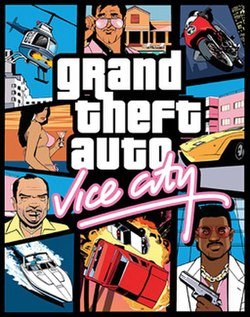
San Andreas: Ambition on an Unmatched Scale
Then came Grand Theft Auto: San Andreas in 2004, and with it, Rockstar’s most ambitious project yet. Set across three massive cities—based on Los Angeles, San Francisco, and Las Vegas—San Andreas was nothing short of groundbreaking.
What made it legendary?
- A playable map so large, it dwarfed previous titles.
- RPG-like elements such as character customization, stamina, and skills.
- A socially charged narrative featuring a Black protagonist, CJ, navigating crime, corruption, and community.
San Andreas wasn’t just a game—it was a statement, tackling real-world issues like gang culture, racial tension, and political unrest through the lens of interactive storytelling.
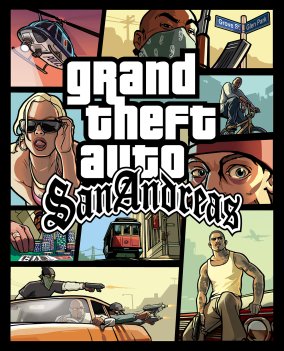
The Infamous “Hot Coffee” Scandal
But with boundary-pushing content came new controversies. Hidden code discovered by modders unlocked a sexually explicit mini-game dubbed “Hot Coffee,” igniting a media firestorm.
The fallout?
- A temporary Adults Only (AO) rating slapped on the game.
- Major retailers pulled it from shelves.
- Rockstar and Take-Two Interactive faced investigations and financial loss.
Still, despite—or perhaps because of—the scandal, San Andreas cemented the franchise’s reputation as fearless and unfiltered, willing to explore the edges of creative freedom.
With Vice City and San Andreas, Rockstar proved that grand theft auto was more than a game—it was a cultural force. These titles didn’t just follow the success of GTA III; they expanded it, refined it, and redefined what we expected from interactive entertainment.
V. Building a Legacy Beyond GTA
When most people hear the name Rockstar Games, their minds jump straight to Grand Theft Auto. And for good reason—it’s one of the most iconic franchises in gaming history. But Rockstar’s vision has never been confined to just one title. Over the years, the company has deliberately expanded its creative horizons, proving that it’s not just the mastermind behind grand theft auto, but a true powerhouse in interactive storytelling.
Red Dead Redemption: A New Frontier
One of Rockstar’s boldest moves was stepping into the Old West. Red Dead Redemption, released in 2010, wasn’t just a western—it was a cinematic, emotional journey through a fading world. With its sequel, Red Dead Redemption 2, Rockstar elevated video game storytelling to an art form. Players praised:
- Stunning realism and attention to detail
- A deeply personal, character-driven narrative
- A rich, open world full of life, conflict, and beauty
This wasn’t GTA with horses. It was something new, and arguably more mature—proving Rockstar could do more than modern crime epics.
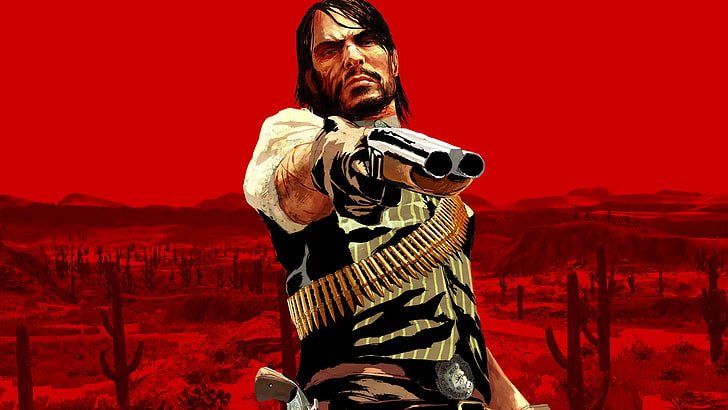
Rockstar’s RAGE Engine: Powering Immersive Worlds
Behind the success of Rockstar’s titles is the Rockstar Advanced Game Engine (RAGE)—a proprietary engine built to deliver highly immersive open worlds. First used in GTA IV, RAGE enabled more fluid animations, dynamic physics, and larger, more detailed environments. It’s the technical foundation that powered:
- GTA V
- Red Dead Redemption 2
- Other Rockstar innovations
By investing in its own tools, Rockstar ensured it wasn’t reliant on industry trends—it set them.
A Culture of Perfectionism
Part of Rockstar’s legacy lies in its obsessive attention to detail. Whether it’s the atmospheric dialogue in L.A. Noire or the seamless transitions in GTA Online, the studio consistently pushes boundaries. Their strategy?
- Take time to get it right—no rushed releases.
- Build anticipation—and deliver on it.
- Tell stories that matter—even in fictional worlds.
This culture has made Rockstar a symbol of excellence in gaming, admired (and sometimes feared) for its high standards
Diversifying Beyond Crime and Chaos
While grand theft auto remains a flagship brand, Rockstar’s broader catalog shows a commitment to varied genres and tones. Games like:
- Bully — a high school drama wrapped in satire.
- Max Payne 3 — a gritty, cinematic shooter.
- Table Tennis — yes, even a sports game.
These titles may not be as globally massive as GTA, but they underline Rockstar’s willingness to experiment—and succeed—outside the box.
Rockstar Games has proven that while grand theft auto might have built the empire, the studio’s legacy stretches far beyond one franchise. Through innovation, technical mastery, and a bold storytelling vision, Rockstar continues to shape the future of gaming—one groundbreaking title at a time.
VI. The Evolution of Grand Theft Auto V and GTA Online
When Grand Theft Auto V was released in 2013, it wasn’t just another sequel—it was a redefinition of what open-world games could achieve. With its sprawling map, layered storytelling, and cinematic flair, GTA V pushed the boundaries of the grand theft auto franchise in ways no one had imagined. But what truly set it apart was something even bigger than the campaign: the launch of GTA Online.
GTA V: Redefining the Open-World Experience
Set in the vibrant, satirical sprawl of Los Santos, GTA V introduced players to a triple-protagonist format—Michael, Franklin, and Trevor. This fresh narrative twist added depth and variety to the gameplay while offering:
- Seamless character switching that changed missions and dynamics
- A massive map filled with easter eggs, activities, and side quests
- High-stakes heists that became the heart of the single-player storyline
The result? One of the most critically acclaimed games ever, with over 205 million copies sold worldwide.
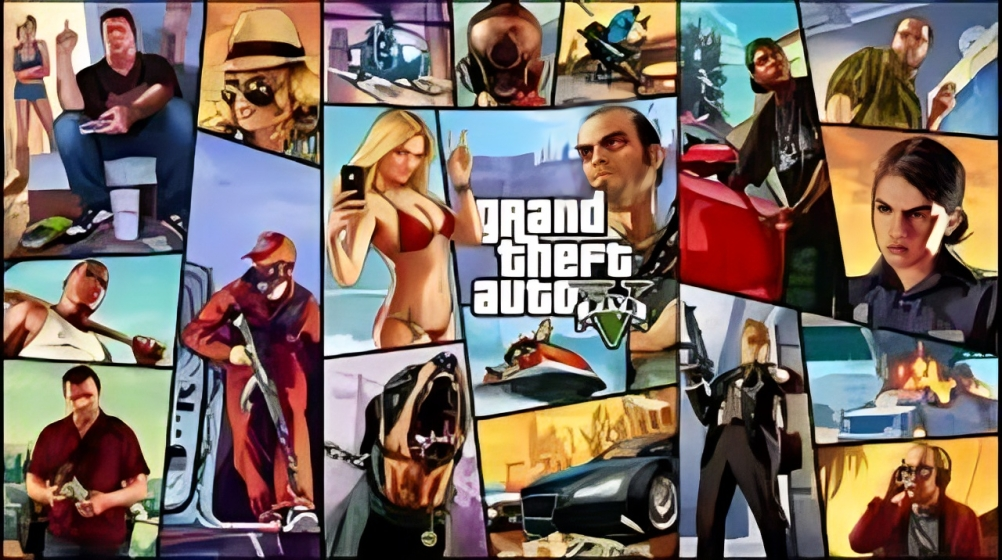
The Birth of GTA Online: A Game Within a Game
Initially launched as an extension of GTA V, GTA Online quickly took on a life of its own. What began as a multiplayer mode evolved into a constantly expanding online universe with its own lore, economy, and community. Here’s why it became a phenomenon:
- Regular content updates: From biker gangs to casino heists and nightclub empires
- Player freedom: Run businesses, race supercars, build custom avatars, or just cause chaos
- In-game economy: A virtual world where players could earn (or buy) money and invest in property, vehicles, and upgrades
More than a game, GTA Online became a digital lifestyle for millions.
Monetization and the Power of Microtransactions
One reason GTA Online thrived was Rockstar’s strategic use of microtransactions. The “Shark Card” system allowed players to buy in-game currency with real money, giving Rockstar a sustainable revenue stream and funding years of content. This model, though controversial to some, reshaped how AAA games approach online services.
Community, Creativity, and Longevity
The grand theft auto community kept the game alive with:
- User-created content: Custom races, missions, and game modes
- Roleplaying servers: Immersive player-run cities with custom rules, jobs, and law enforcement
- Twitch and YouTube popularity: Fueling a new wave of content creators and streamers
Rockstar didn’t just create a game—they built a platform.
The evolution of Grand Theft Auto V and the rise of GTA Online show how Rockstar mastered the balance of storytelling, community engagement, and innovation. With millions still logging in more than a decade later, it’s clear: the grand theft auto universe is more than just a game—it’s a living, breathing world.
VII. Grand Theft Auto VI: Expectations, Rumors, and the Future
The buzz around Grand Theft Auto VI is unlike anything the gaming world has seen before. Fans, industry insiders, and media outlets have been speculating and theorizing about Rockstar’s next big move for years. Given the monumental success of GTA V and GTA Online, expectations for GTA VI are sky-high, and the stakes couldn’t be higher for this next chapter in the grand theft auto saga.
The Most Anticipated Game in History?
With the official trailer released in December 2023 smashing records—garnering over 90 million views in just 24 hours—GTA VI has already made an unprecedented impact before hitting shelves. Rumors hint at a game budget exceeding $2 billion, making it the most expensive video game ever produced. Such an investment reflects Rockstar’s commitment to pushing technology, storytelling, and player immersion to new heights.
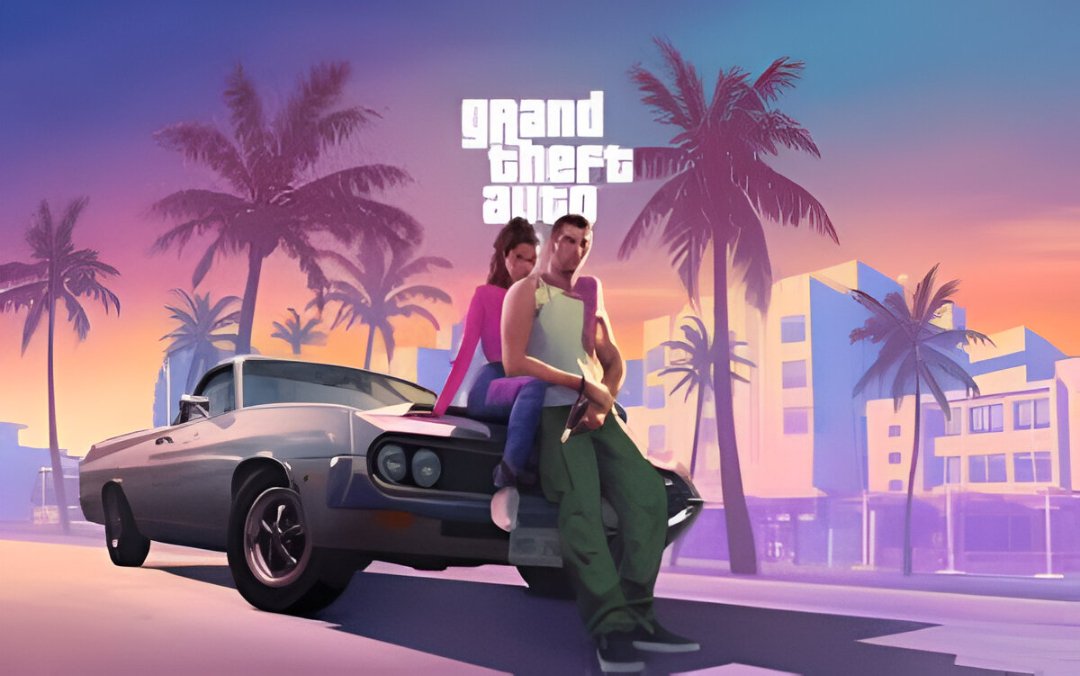
What We Know So Far: Setting and Story
Insiders suggest GTA VI will return to a modern-day Miami-inspired city, bringing the vibrant atmosphere and sun-soaked chaos of the 1980s Vice City into a contemporary setting. Uniquely, the game will feature two main protagonists, including a female lead—a first for the series—which opens the door to fresh perspectives and narratives.
Expect:
- A sprawling, dynamic open world filled with evolving storylines
- Enhanced AI and NPC interactions that make the city feel truly alive
- Complex heists and missions tailored to multiple protagonists
Embracing Next-Gen Technology
Rockstar aims to leverage next-generation consoles and PC hardware to deliver:
- Photorealistic graphics with ray tracing and dynamic weather systems
- Immersive audio design that adapts to gameplay context
- Faster load times and seamless world streaming, eliminating previous barriers
This technological leap promises to redefine the grand theft auto experience.
Challenges and Hype Management
With great hype comes great pressure. Rockstar faces challenges including:
- Balancing innovation with the expectations of a massive, diverse fanbase
- Addressing previous controversies while maintaining the edgy spirit of the series
- Navigating the industry’s increasing focus on monetization and live services
Fans and critics alike will be watching closely to see if Rockstar can once again deliver a masterpiece.
As the countdown to Grand Theft Auto VI continues, one thing is certain: Rockstar is setting the stage for a new era in gaming. Whether you’re a longtime fan or a newcomer, GTA VI promises to be an unforgettable ride through the ever-evolving world of grand theft auto.
Conclusion
As we reflect on the incredible journey of Grand Theft Auto, from its humble beginnings to becoming a cultural phenomenon, it’s clear that Rockstar Games has not just created video games—they’ve built worlds that millions love to explore. Have you ever wondered what makes grand theft auto so captivating year after year? Is it the immersive storytelling, the freedom to create your own chaos, or the community that keeps growing stronger? Maybe it’s all of these combined.
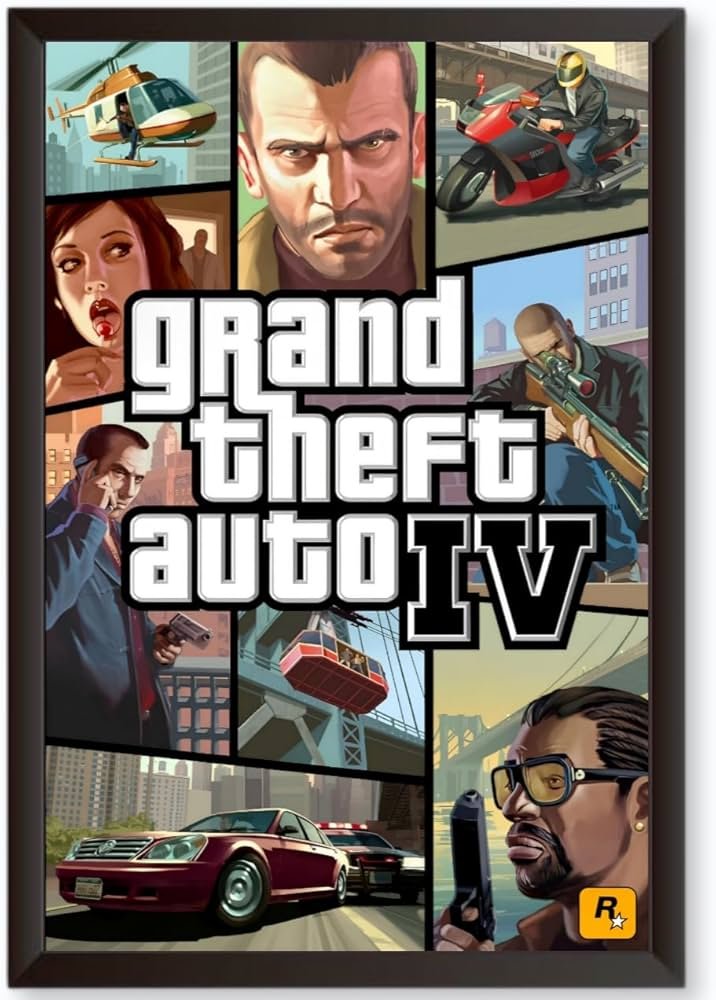
As we eagerly await Grand Theft Auto VI, the anticipation is not just about a new game release—it’s about witnessing how Rockstar will once again push boundaries, innovate, and redefine interactive entertainment. Whether you’re a veteran player or new to the franchise, this saga offers something unique for everyone. So, what part of the grand theft auto universe excites you the most? The sprawling open worlds, the deep narratives, or the multiplayer adventures?
One thing’s for sure: Rockstar’s legacy is far from over. The next chapter promises to be even bigger, bolder, and more immersive. Until then, keep exploring, keep creating, and keep being part of the phenomenon that is grand theft auto. Thanks for joining this journey—here’s to many more years of groundbreaking gaming experiences ahead.


